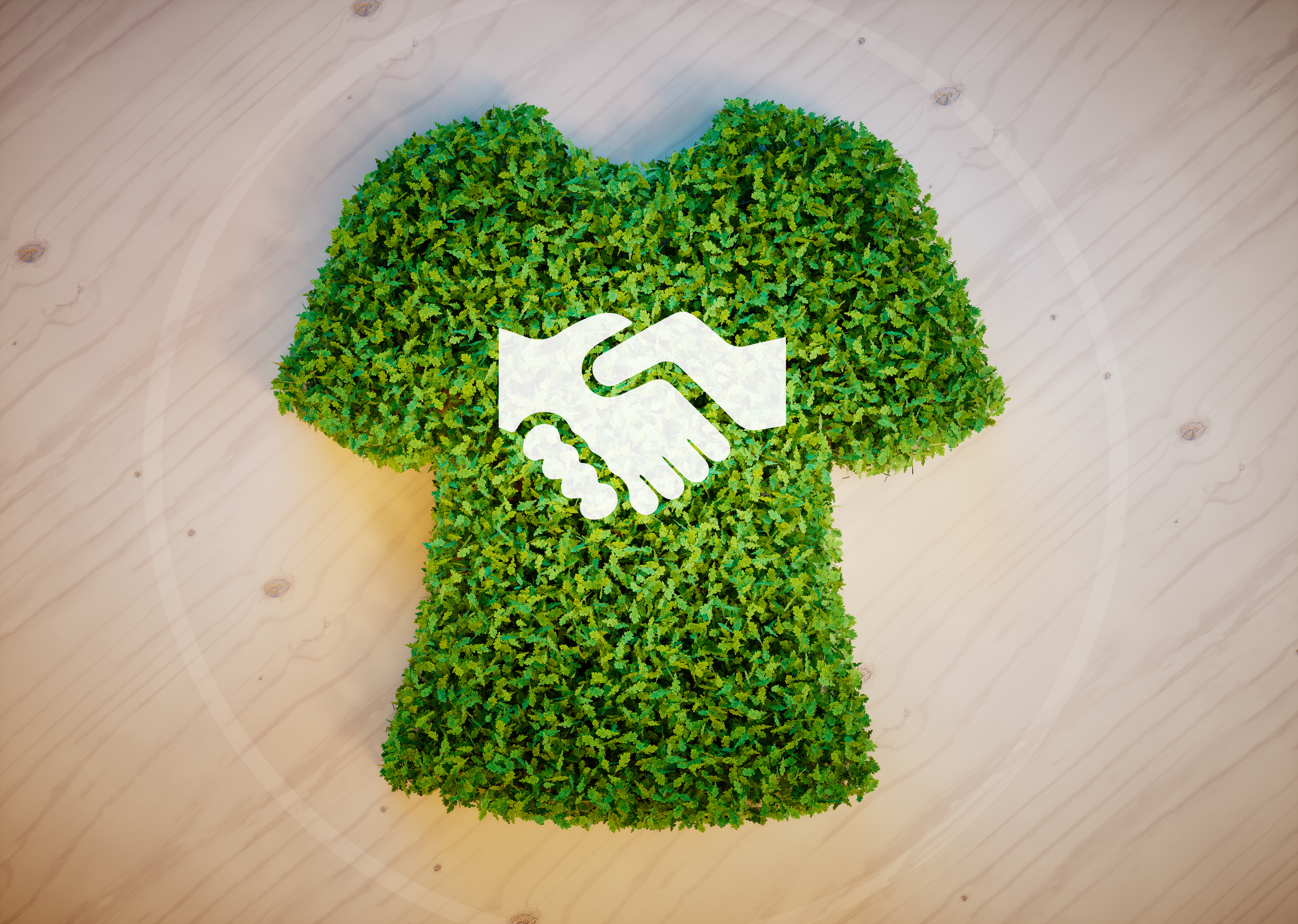Sustainable clothing brand Common & Sense

Janine Hoekman wants to sell affordable clothes made as sustainably as possible with her clothing brand Common & Sense. That requires an intensive process that involves Hoekman with all parts of the clothing sector.
With your clothing brand Common & Sense you have been producing fair and sustainable clothing since 2019. A long search preceded the current success. What are the main insights?
The supply chain in the clothing industry is complicated, with many links. Getting clear where exactly everything comes from and what impact it has is time-consuming. We don't always manage to find the most sustainable alternative for a zip or button, for example. Moreover, sustainability is a broad concept, which is why making choices is important. For instance, do you go for circular, locally produced or do you focus on fair production? We are transparent about the choices made and the challenges that remain. The process is never finished, but that's what makes it an insanely cool adventure!
The garment industry has globalised considerably in recent decades. Many clothes are produced in India, China and Bangladesh. With Common & Sense, why exactly do you choose to produce within Europe?
The advantages in terms of sustainability are an important reason to look closer to home. There are many more laws and regulations and better enforcement within Europe than in Asia. This does not mean that producing close-by is automatically always 100% sustainable. There are also examples of abuses in British and Italian garment factories. But, generally speaking, working conditions are better.
'Fair to people, caring for nature’ is your motto. You focus not only on the sustainability of materials but also on fair working conditions?
Producing ethically was a key driver when we started Common & Sense. The garment industry is one that runs on human hands. Almost all clothes are made by hand, by people like you and me, sitting behind sewing machines day-in and day-out. Many people don't realise this, because we hardly have any manufacturing industry here in the Netherlands. I wanted to start a brand that puts the makers back at the centre. To bring back the appreciation for all the (hand)work and all the effort that goes into making something beautiful.
By starting the clothing brand, you also wanted to contribute to changes in the clothing industry. What needs to change first?
I want to contribute to a more humane clothing industry. Clothing is not a disposable product, but something beautiful that involves a lot of human work, time and raw materials. I would like to make people aware of that. The garment industry has a dark side, especially when it comes to people. It is normal in so many places to make people work idiotic hours for a pittance. Not to mention illegal labour, unsafe workplaces and the unprotected operation of dangerous machinery.
You have been active since 2019, during which time the focus on sustainability in the garment industry has increased. Do you see a difference?
Absolutely, there is much more attention to sustainability, also among manufacturers. This is still often limited to the use of materials, though. I also still see an awful lot of greenwashing, making a company appear more sustainable than it actually is. The position of garment makers has actually deteriorated over the past two years, especially now that the corona years have seen far fewer inspections.
How do you avoid working with manufacturers who use greenwashing to pretend to be more sustainable than they are?
Before I engage with a manufacturer, I actually spend time at the factory to observe the production processes. If sustainability is not really in a company's DNA you notice it soon enough. If you spend half a day in a factory and no one has gone to the toilet and there has been no break, that's a signal.
What should consumers looking for a sustainably produced garment pay particular attention to?
With big brands, look for labels, such as Global Organic Textile Standard (GOTS) which is not only about more sustainable raw materials, but also pays attention to fair working conditions. It is also a good sign if a brand is a member of the Fair Wear Foundation (FWF). The cost of obtaining a label is sometimes too high for small factories and workshops. With small brands, look at what the brand itself communicates and what evidence it provides to back up its claims. Transparency is key.